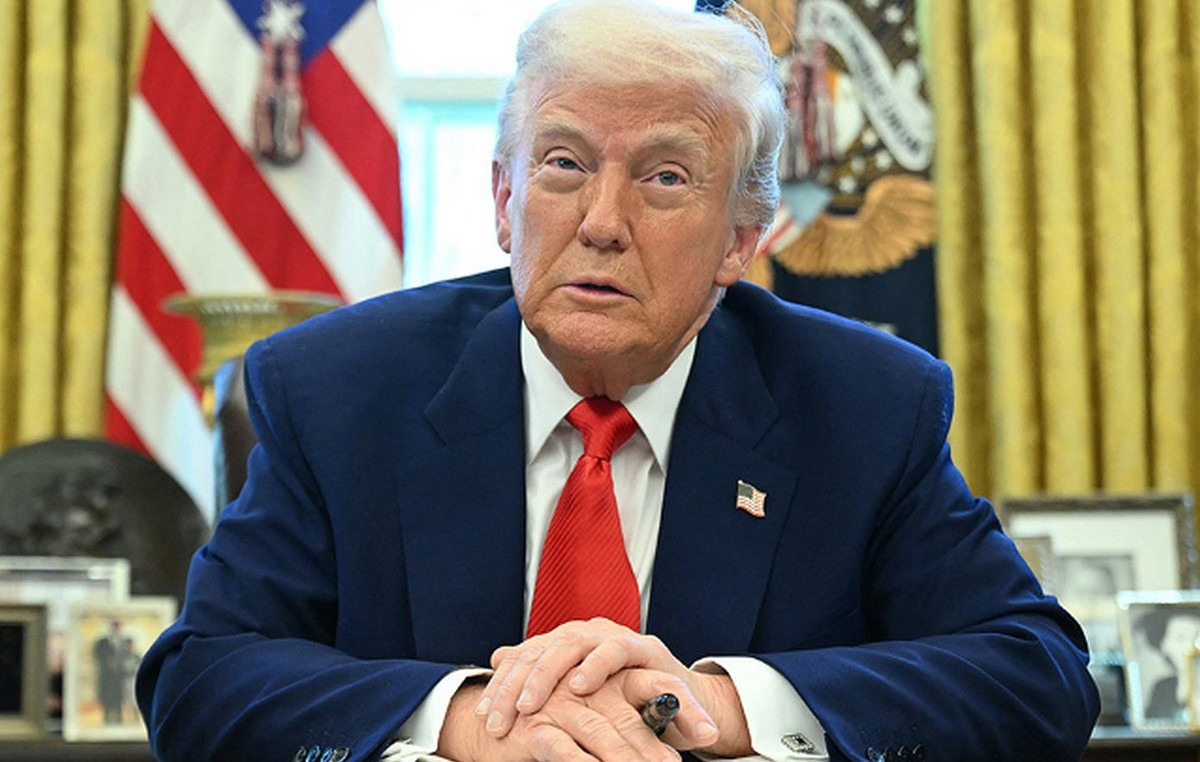- The Dollar rose after a strong NFP report on Friday.
- US job additions soared in September, with upward revisions from previous months.
- Market hopes for a further rate cut in November were dashed by job growth.
The US Dollar (USD) Index (DXY) rose for the fifth day in a row on Friday, boosted by better-than-expected US Non-Farm Payrolls numbers. A solid increase in US jobs and a decline in the US unemployment rate have weakened market expectations of a double rate cut by the Federal Reserve (Fed) in November.
The US unemployment rate fell to 4.1% from 4.2% previously, further reinforcing a healthier-than-expected outlook in the US labor market. Additionally, several months of NFP releases saw upward revisions healthy. August’s NFP total increased by an additional 17,000, while July’s figure rose sharply by 55,000, bringing the total to 144,000.
Annual wage growth also strengthened in September, rising to 4.0% year-on-year from 3.9% previously. Investors expected average hourly earnings growth in September to slow to 3.8%. With wages and net job additions far exceeding expectations across the board, rate market expectations for a higher pace of rate cuts have taken a big hit to cap a week of lackluster trading at best. cases.
According to the CME’s FedWatch tool, rate traders’ expectations for the Fed’s November rate decision plummeted after the NFP; Rate futures speculators now see a 95% chance that the Fed will cut rates by a modest 25 bps on November 7, with the last 5% betting on no movement at all in the fed funds rate.
US Dollar Price Forecast
The Dollar Index (DXY) has been strong lately, breaking important levels and surpassing 102.00. It has tested the 50-day EMA at 101.90, which could be a significant barrier.
The recent price movement suggests a possible short-term recovery from the previous downtrend. The next major resistance is the 200-day EMA around 103.41. If the index breaks this level, it could confirm a change in the overall trend.
Since hitting its lowest point in September, the index has been making higher lows, showing a shift in market sentiment in favor of the dollar. If this continues, DXY could target the 103.50-104.00 range, where the 200-day EMA is a major hurdle.
If it fails to break the 50-day EMA, the index could consolidate or decline back to around 101.00, with further support at 100.50.
The Dollar Index appears to be recovering, with the 50-day and 200-day EMAs as important barriers. Breaking above 103.50 could mean a longer period of growth, while failing to do so could result in a drop to around 101.00.
DXY Daily Chart
The US Dollar FAQs
The United States Dollar (USD) is the official currency of the United States of America, and the “de facto” currency of a significant number of other countries where it is in circulation alongside local banknotes. According to 2022 data, it is the most traded currency in the world, with more than 88% of all global currency exchange operations, equivalent to an average of $6.6 trillion in daily transactions. After World War II, the USD took over from the pound sterling as the world’s reserve currency.
The single most important factor influencing the value of the US Dollar is monetary policy, which is determined by the Federal Reserve (Fed). The Fed has two mandates: achieve price stability (control inflation) and promote full employment. Your main tool to achieve these two objectives is to adjust interest rates. When prices rise too quickly and inflation exceeds the 2% target set by the Fed, the Fed raises rates, which favors the price of the dollar. When Inflation falls below 2% or the unemployment rate is too high, the Fed can lower interest rates, which weighs on the Dollar.
In extreme situations, the Federal Reserve can also print more dollars and enact quantitative easing (QE). QE is the process by which the Fed substantially increases the flow of credit into a clogged financial system. This is an unconventional policy measure used when credit has dried up because banks do not lend to each other (for fear of counterparty default). It is a last resort when a simple lowering of interest rates is unlikely to achieve the necessary result. It was the Fed’s weapon of choice to combat the credit crunch that occurred during the Great Financial Crisis of 2008. It involves the Fed printing more dollars and using them to buy US government bonds, primarily from financial institutions. QE usually leads to a weakening of the US Dollar.
Quantitative tightening (QT) is the reverse process by which the Federal Reserve stops purchasing bonds from financial institutions and does not reinvest the principal of maturing portfolio securities in new purchases. It is usually positive for the US dollar.
Source: Fx Street
I am Joshua Winder, a senior-level journalist and editor at World Stock Market. I specialize in covering news related to the stock market and economic trends. With more than 8 years of experience in this field, I have become an expert in financial reporting.







